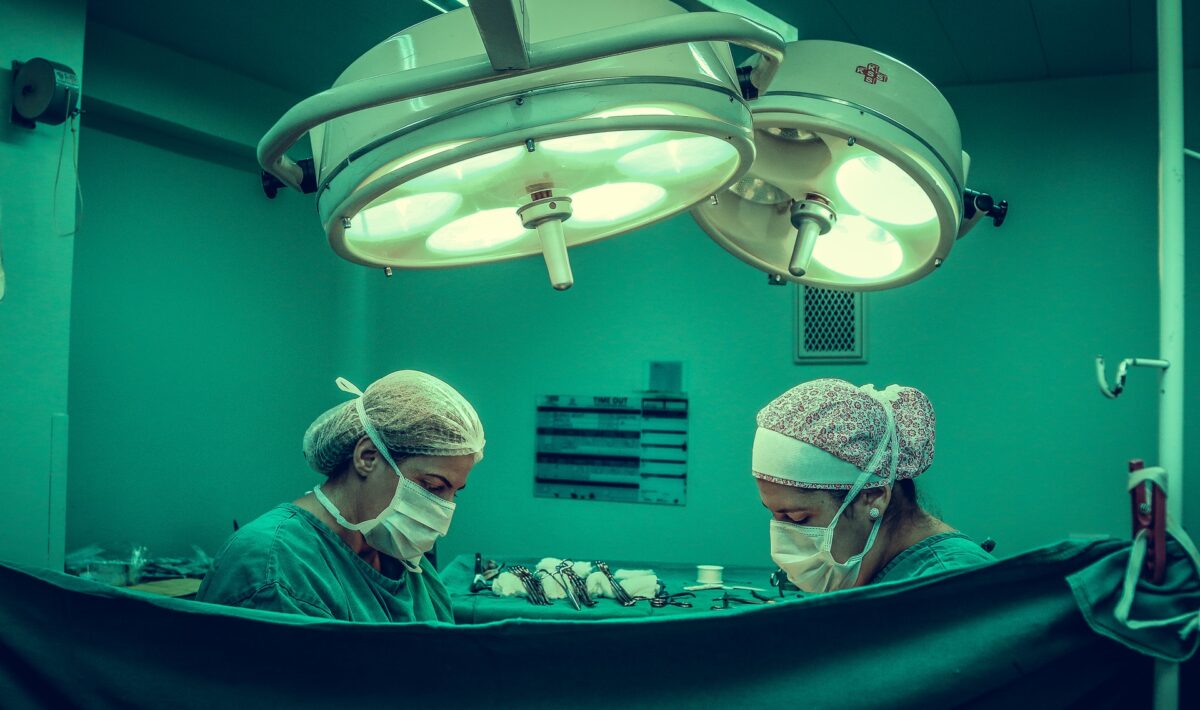There are many specialties within the field of plastic surgery. You might be wondering what these are. In this article, we’ll discuss the main ones: Reconstructive plastic surgery, Microsurgery, and Cosmetic procedures. We’ll also discuss hair transplantation.
Read on to learn more. Then, make an appointment with your doctor to schedule your system. You’ll be glad you did! You can also learn more through different specialists and surgeons in your area, like the specialists in plastic surgery Raleigh NC for example.
Microsurgery
Microsurgery is a specialty of plastic surgery wherein a surgeon examines a specific area of the body with a microscope. Special operating microscopes are used for Microsurgery, while precision instrumentation and forceps are used to make small incisions. Sutures and stitches are done with particular thread or needles. The operating room is usually dimly lit, and the surgical team uses a video camera to view the field of the operation.
Reconstructive Procedures
Reconstructive procedures are surgical operations that improve a person’s initial condition and overall appearance and function. Reconstructive surgery is also referred to as “repairing” surgery because it aims to restore the “normal” shape of an organ, body structure, or facial feature. In addition, reconstructive procedures include surgery to fix deformities, facial and body deviations caused by disease treatments, or congenital physical disabilities.
Cosmetic Procedures
Aesthetic plastic surgery encompasses many surgeries that improve a patient’s appearance. Aesthetic procedures are generally performed on non-functional areas of the body. As a result, the demand for this type of surgery has increased significantly in recent years. The process itself is an elective one. Please visit the website below to learn more about this type of plastic surgery.
Hair Transplantation
A surgeon specializing in hair restoration meets the criteria of plastic surgery. Surgery, by definition, is the treatment of an injury or disorder by incision or manipulation. For over 40 years, hair transplantation has relied on trained technicians to perform the procedure. The procedure involves excising donor hair with a tube-like instrument and planting the grafts into recipient areas. After the donor site has been identified, the surgeon designs the hairline for the recipient. Then, they supervise the anesthesia, excise the donor strip, and plant the grafts.
Cleft Lip and Palate Surgery
Surgical repair of cleft lip and palate can improve facial esthetics, speech, and feeding capacity. Most surgeries are performed between the ages of 10 and 12 weeks. However, surgical repair of cleft lip and palate can sometimes involve pre-surgical orthopedics. Research is ongoing to determine whether the new technique will improve quality of life and decrease the need for subsequent surgeries. In addition, cleft lip and palate surgery is an effective way to restore a child’s voice.
Tissue Expansion
Tissue expansion in plastic surgery is a surgical procedure in which a surgeon expands a portion of the body. The process of developing the tissue will depend on the patient’s condition and the circumstances of the patient’s surgery. The type of tissue expander used will depend on the problem’s extent, the donor site’s size, and the expected advancement of the hemispherical domed flap.
Congenital/Syndromic etiologies
Several categories of malformations and deformations result from interactions of genetics, molecular events, mechanical forces, and secondary effects on expected growth. A set of recognizable symptoms classifies these types of conditions. In plastic surgery, the characteristics of specific malformations may differ from those of healthy individuals.
For example, some malformations have recognizable facial appearances; others are more difficult to describe. These differences in appearances require physicians to train their eyes to recognize variations from routine and to synthesize them into recognizable patterns.

